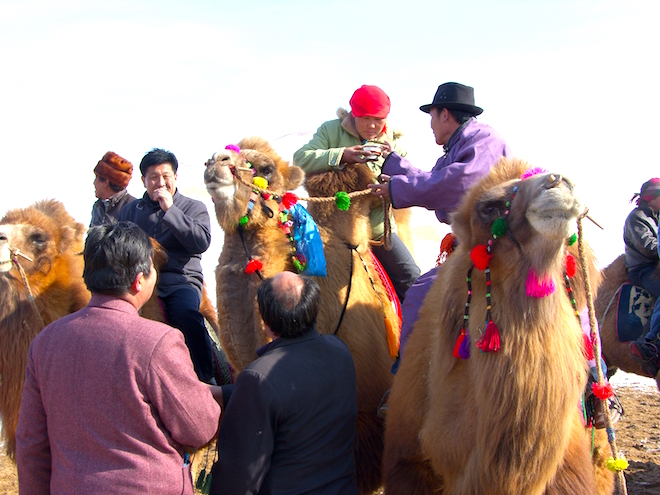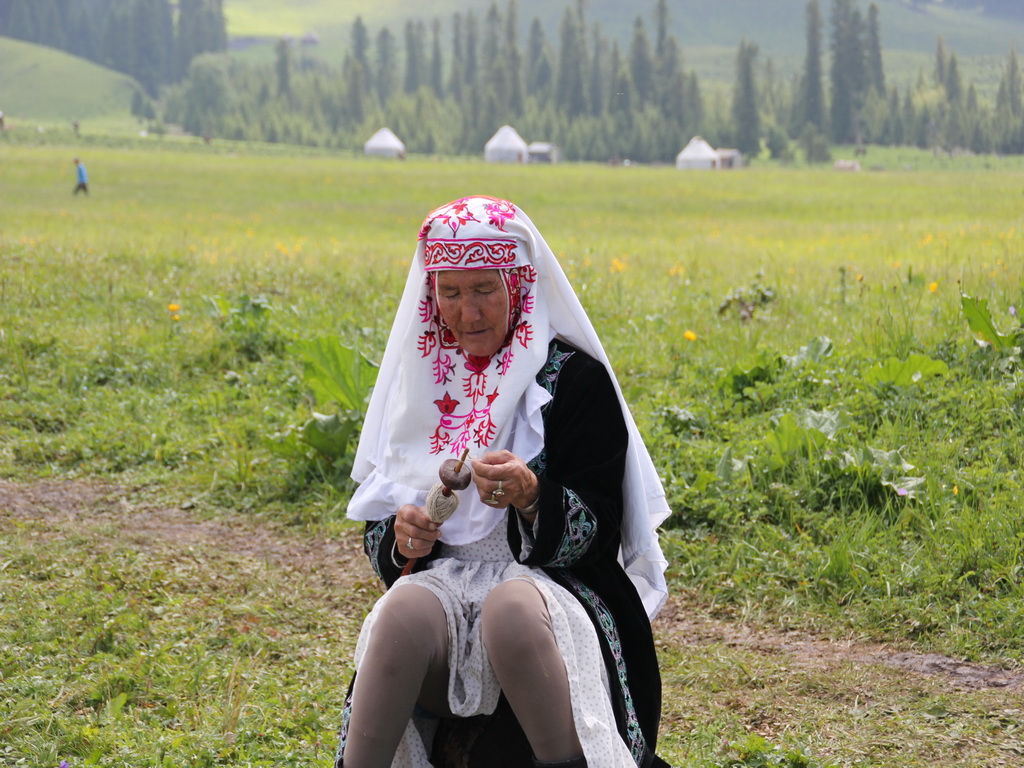|
Day 8. Turpan (Breakfast, Dinner)
|
| |
 |
Huozhou Hotel ★★★★ |
| |
|
 |
After breakfast, we visit Karez. Karez were living in Xinjiang working people of all nationalities, under the local climate, hydrological characteristics of a creation of a clandestine diversion projectsome Karez 1600, Turpan up with the most concentrated, according to statistics, a total of Turpan of Karez 1158, a total length of 5,000 km, the distance from Urumqi to Harbin milestone. Ancient Chinese Karez his greatest one of the underground water, the geographic academic experts as the "underground canal" with the Great Wall and Beijing-Hangzhou Grand Canal in ancient China known as a three projects. After we visit local bazaar, we explore Toyok village. Then Emin Minaret is the largest extant old tower in Xinjiang and the only Islamic tower among the hundred famous towers in China. Standing 2 km (1.24 miles) east of Turpan, it was built in 1777 in honor of the heroic Turpan general, Emin Khoja. We explore the village around. Leave here, we visit Jiaohe ancient town, which is the Silk Road traffic hub and is located in 10 km of west Turpan city. Jiaohe ancient town is the largest, ancient and best-preserved raw soil building city, also is our country more than two thousand years the most intact city ruins, is also the political and cultural center of western region in Tang dynasty.
|
|
|
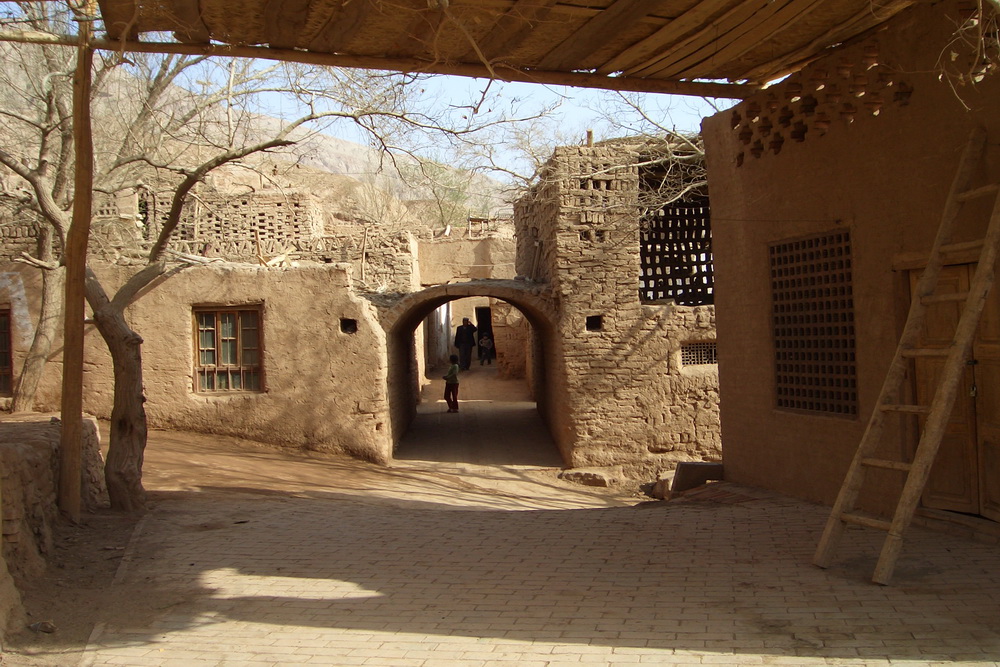
|
|
Day 9. Turpan/Tianchi/Urumqi (Breakfast, Dinner)
|
| |
 |
Tumaris Hotel ★★★★ |
| |
|
 |
After breakfast, we drive to Bezklik Thousand Buddha Caves. Bezklik Thousand Buddha Caves, called as "Zhu Rong Cave" in the Tang Dynasty, is located at about 60 kilometers northeast Turpan city and is more famous Buddhist Grottoes in Xinjiang. Bezklik Thousand Buddha Caves is considered Huihu Buddhist Art’s the most important and the most and best preserved, the most representative art treasures. Then we drive to Tianchi. Urumqi to the North 110 kilometers, 2500 kilometers in length, across Asia hinterland of Junggar basin and Tarim Basin, as a natural boundary of the Tianshan mountains. Tianchi around the mountainside, there are many spruce forests, such as spruce-shaped pagoda, is a famous landscape tree. Then we explore Tianchi by trekking to the waterfall and by cruise. Leave here, we drive back to Urumqi.
|
|
|
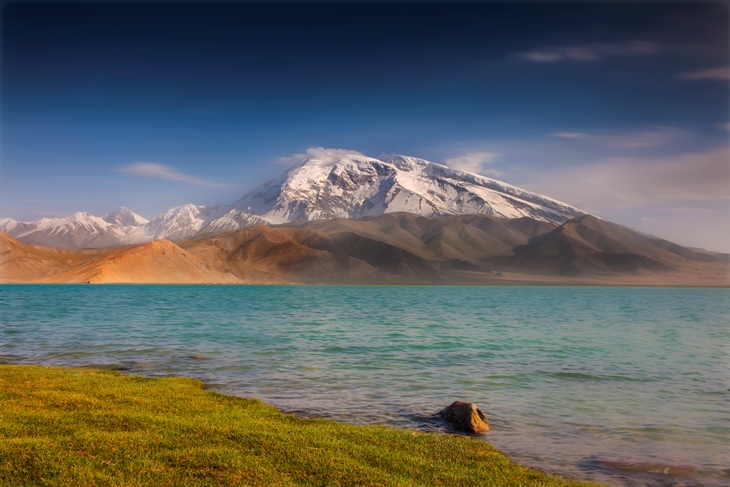
|
|
Day 10. UrumqiQ Kashgar(Breakfast, Dinner)
|
| |
 |
Jinjiang Hotel ★★★★ |
| |
|
 |
After breakfast, we visit Urumqi Museum. From here, we learn about history about Urumqi and mummies section. We transfer Urumqi airport and take flight to Kashgarby. Kashgarby is an oasis city with approximately 350,000 residents in the western part of the Xinjiang. The city is located in the western extreme of China and within both the Tarim Basin and the Taklamakan Desert where it experiences an extreme desert climate.
|
|
|
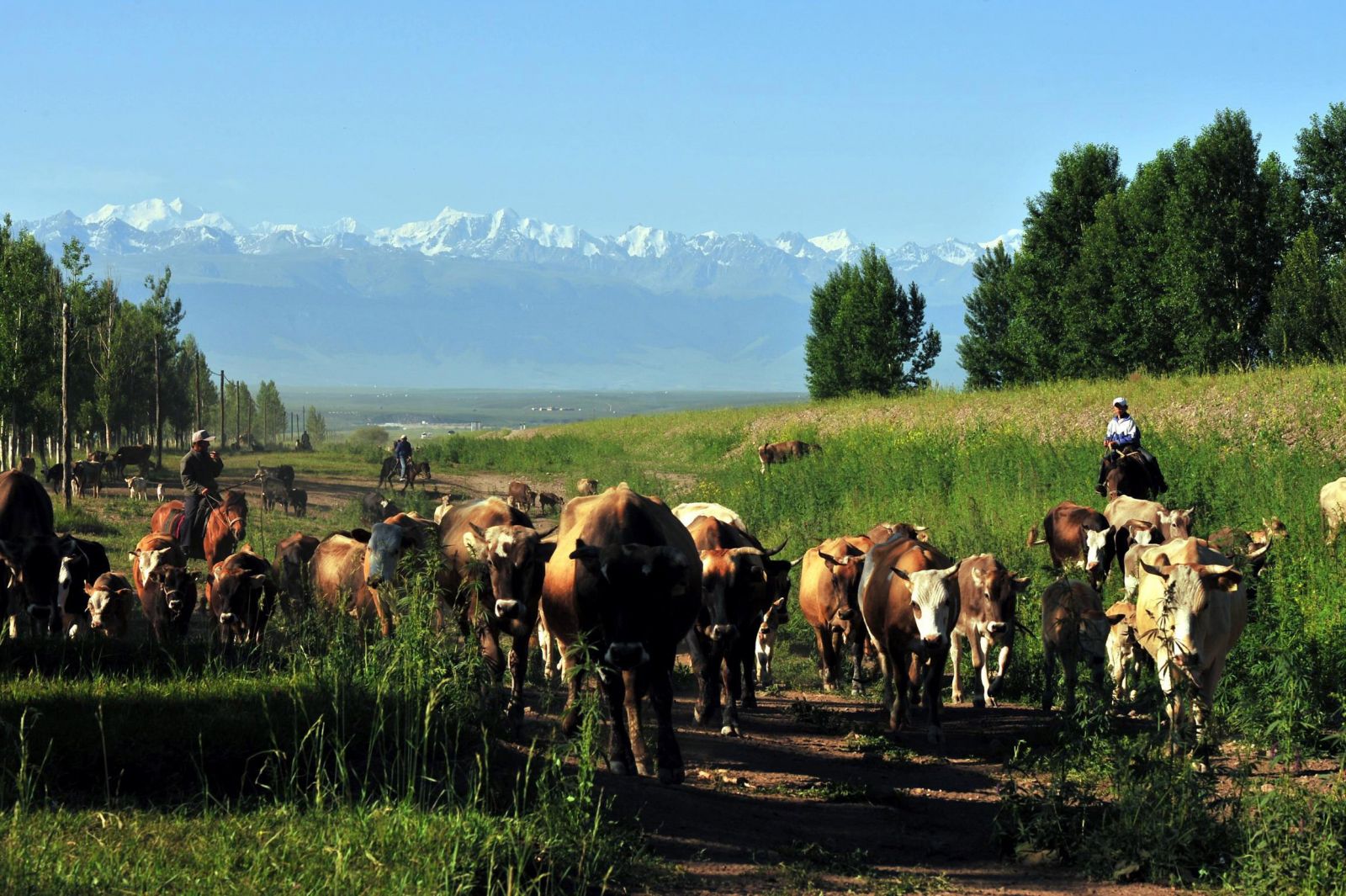
|
|
Day 11. Kashar (Breakfast, Dinner)
|
| |
 |
Jinjiang Hotel ★★★★ |
| |
|
 |
After breakfast, we first visit Live Stock market and Sunday market. We can enjoy and buy Xinjiang souvenir in Handicrafts Street. Then we explore Abakh Hija tomb. Abakh Hija tomb is among the about 5 kilometers northeast of Kashgar village, this one Islam holy mausoleum of descendants, around being established in A.D. 1640.
|
|
|
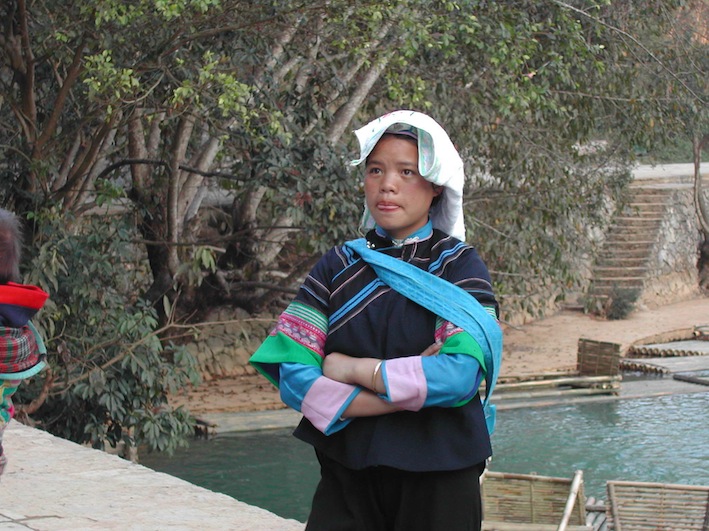
|
|
Day 12. Kashgar/Tashkurgan (Breakfast, Dinner)
|
| |
 |
Crown Inn Hotel ★★★ |
| |
|
 |
In the morning, we drive to Tashkurgan. We enjoy Karakul Lake and other lakes on the way.Arrive Tashkurgan, we go to visit Stone City. Stone City is a famous ancient city ruins on the ancient Silk Road. Tathagata is the ancient Silk Road and south road intersection and yet several channels to the Pamirs converge. Stone city built on a high hill, a multilayer or broken, or renewal of walls partition between mounds overlap, stones, constitute a unique rock scene.
|
|
|
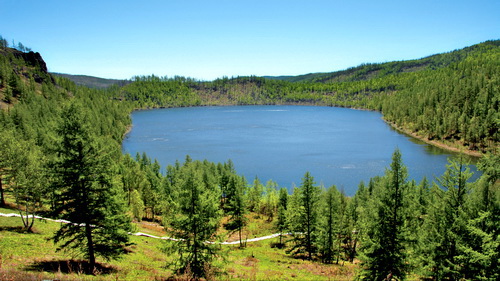
|
|
|
|
|
|






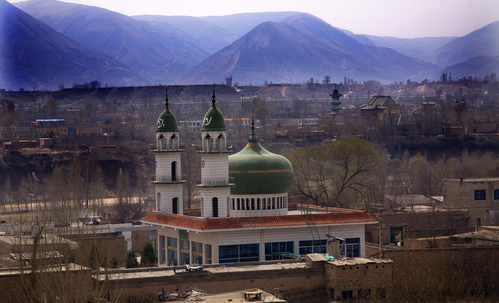
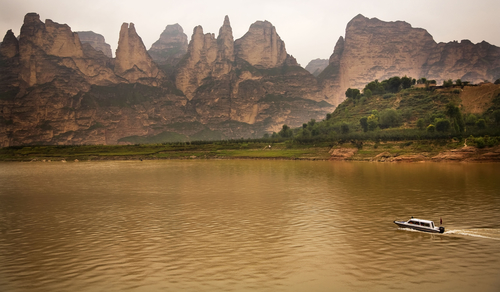
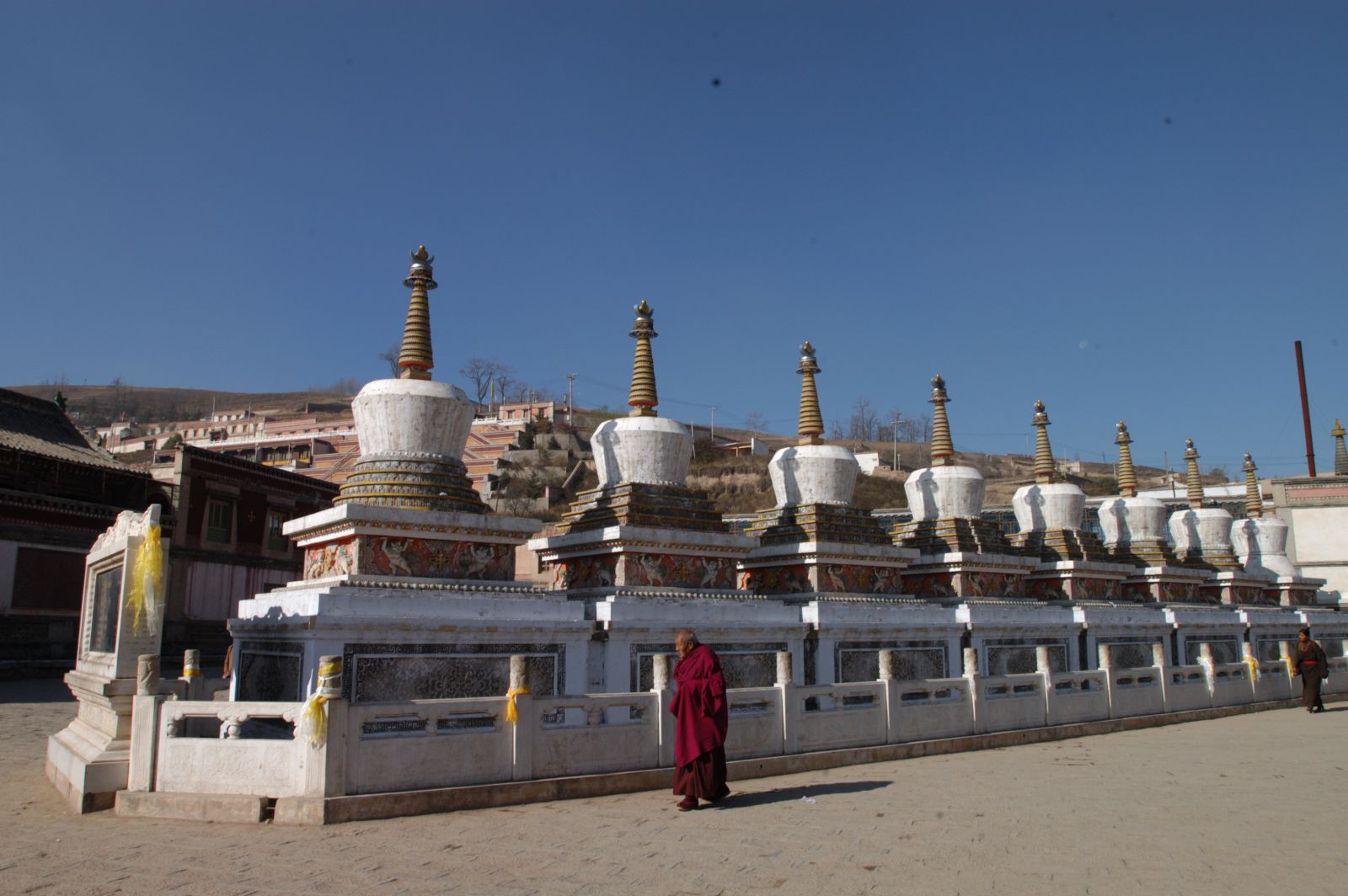
.jpg)
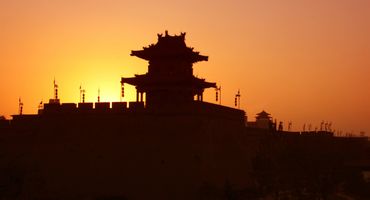
.jpg)
